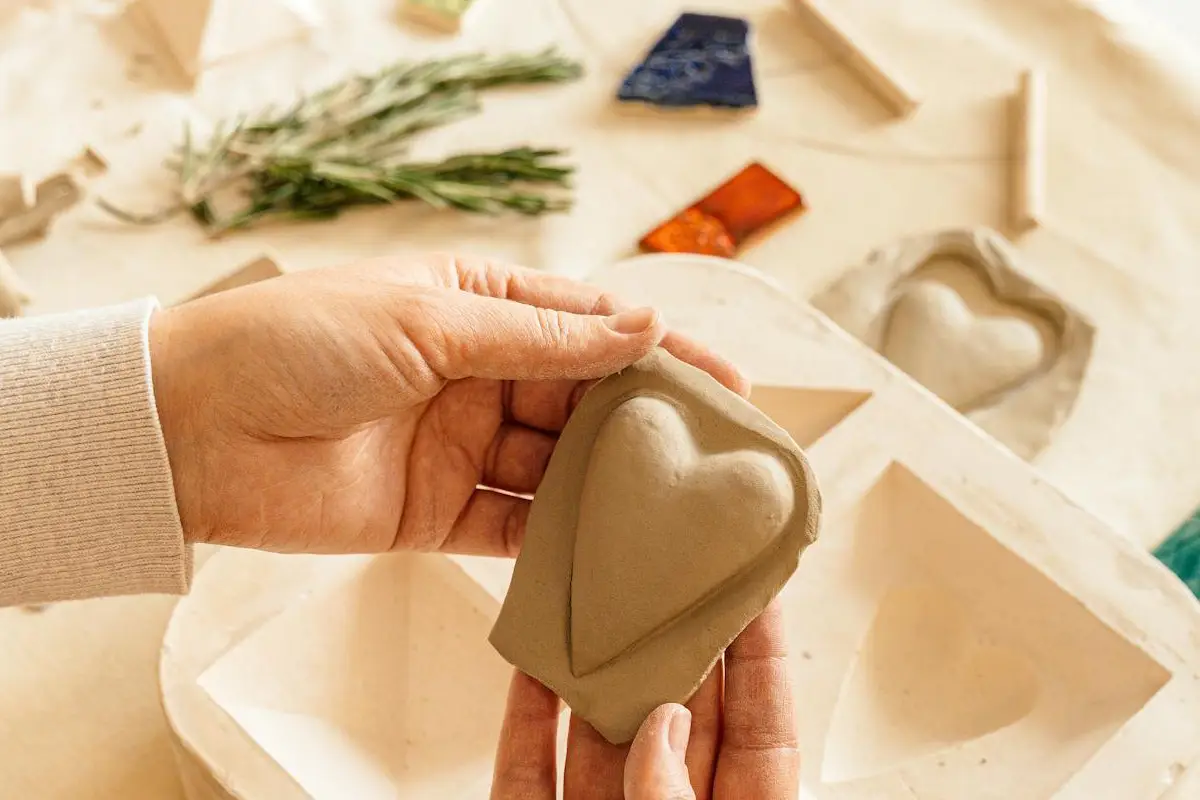This post has already been read 107 times!
Soap making can be a delightful and rewarding hobby. It offers a creative outlet while producing something useful. Many people find joy in crafting their soap bars at home. This blog post will guide you through the basics of soap making, sharing tips and insights to help you get started on your soapy adventure.
Understanding the Basics of Soap Making
Before diving into the process, it’s essential to understand what soap is. It is a product of a chemical reaction between fats or oils and an alkali. This reaction, called saponification, transforms these ingredients into a new substance: soap. There are various methods to make soap, but we will focus on the two most popular techniques: cold process and melt and pour.
Choosing Your Soap Making Method
Cold Process Soap Making
The cold process method involves combining oils and lye. It’s a traditional method that allows for a high degree of customization. You can create unique blends with different oils, scents, and additives. However, this method requires more time and safety precautions due to the use of lye.
Melt and Pour Soap Making
For beginners, the melt and pour method is often recommended. This technique uses a pre-made soap base that you can melt, customize, and mold. It’s a simpler process and doesn’t involve handling lye, making it safer and quicker for novices.
Gathering Your Supplies
For either method, you’ll need specific supplies:
Melt and Pour Method:
- Pre-made soap base
- Microwave-safe container or double boiler
- Molds
- Stirring utensils
- Additives like colors, scents, and exfoliants
Cold Process Method:
- Oils (olive, coconut, palm, etc.)
- Lye (sodium hydroxide)
- Distilled water
- Thermometer
- Digital scale
- Safety gear (gloves, goggles, long sleeves)
- Molds
- Stirring utensils
Safety First
Safety is crucial, especially with the cold process method. Lye is a caustic substance that can cause burns. Always wear protective gear and work in a well-ventilated area. Keep vinegar nearby to neutralize any lye spills.
Step-by-Step Guide to Melt and Pour Soap Making
Prepare Your Workspace: Clean your work area and gather all supplies.
Melt the Soap Base: Cut the base into small cubes. Melt them in a microwave-safe container in 30-second intervals, stirring in between, until fully melted.
Customize Your Soap: Add colors, scents, and other additives to the melted base. Stir well to combine.
Pour into Molds: Carefully pour the mixture into your chosen molds. Tap the molds gently to remove air bubbles.
Let It Set: Allow it to cool and harden completely, which usually takes a few hours.
Remove from Molds: Once solid, pop the soap out of the molds and enjoy your custom-made bars.
Step-by-Step Guide to Cold Process Soap Making
Measure Your Ingredients: Using a digital scale, accurately measure the oils and lye.
Prepare the Lye Solution: Slowly add lye to distilled water (never the reverse). Stir until dissolved, and let it cool.
Heat the Oils: Warm your oils until they reach the same temperature as the lye solution.
Mix Lye and Oils: Combine the lye solution with the oils. Use a stick blender to mix until you reach “trace,” where the mixture thickens like pudding.
Add Fragrances and Additives: Once at trace, add any desired fragrances, colors, or other additives.
Pour into Molds: Pour the mixture into molds, smoothing the top with a spatula.
Let It Set: Allow it to sit for 24-48 hours to harden.
Cure the Soap: Remove from molds and cut into bars. Let the bars cure for 4-6 weeks to ensure they’re fully saponified and mild.
My First Soap Making Experience
When I first started making soap, I opted for the melt and pour method. I chose a shea butter base, which is moisturizing and gentle on the skin. After melting the base, I added lavender essential oil for a calming scent and purple mica powder for a beautiful color. Pouring the mixture into silicone molds was incredibly satisfying. Once it is set, I had a lovely batch of lavender-scented bars that made wonderful gifts for friends and family.
Benefits of Homemade Soap
Creating your soap comes with numerous benefits:
Customization: You can tailor it to suit your preferences and skin type.
Natural Ingredients: Homemade soap is free from harsh chemicals found in many commercial products.
Cost-Effective: Making it at home can be cheaper than buying high-quality soap.
Satisfaction: There’s a sense of accomplishment in creating something useful and beautiful from scratch.
Common Mistakes to Avoid
As with any craft, soap making has a learning curve. Here are some common mistakes and how to avoid them:
Incorrect Measurements: Accurate measurements are crucial, especially with lye. Always use a digital scale.
Overheating Oils: Heat oils gently to avoid scorching and ruining the batch.
Skipping Safety Gear: Never skip protective gear when handling lye. Safety should always come first.
Rushing the Process: Allow adequate time for it to harden and cure. Patience is key to a successful batch.
Soap Making Tips for Beginners
Start Small: Begin with small batches to minimize waste if a batch doesn’t turn out as expected.
Keep It Simple: Start with basic recipes before experimenting with complex blends and additives.
Stay Organized: Keep your workspace clean and organized to avoid mistakes.
Join a Community: Engage with online communities for tips, support, and inspiration.
Conclusion
Embarking on a soap-making journey can be incredibly fulfilling. Whether you choose the melt and pour method for its simplicity or the cold process method for its customizability, the results are equally rewarding. By understanding the basics, gathering the right supplies, and following safety guidelines, you can create beautiful, unique soaps right in your kitchen.
Have you tried making it at home? Share your experiences and tips in the comments below! Your insights might inspire someone else to start their soap-making adventure.

